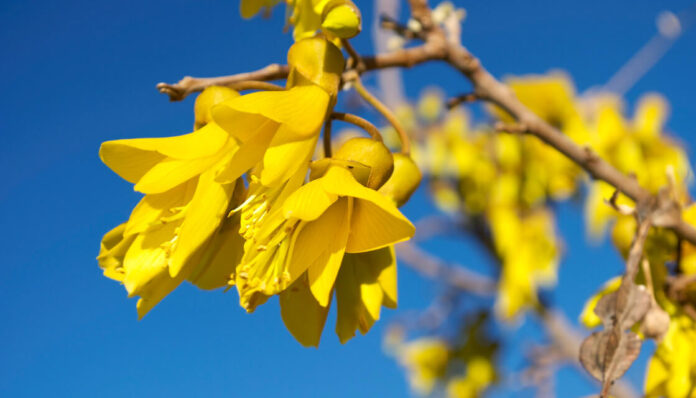There are many fascinating native plants and flowers in New Zealand, but the Kōwhai is particularly unique. It is generally recognized as the nation’s national flower and is especially well-known for being a definite indicator of the start of spring. Here are 11 short facts about this gorgeous gem.
1. Maori utilized Kōwhai flowers traditionally to manufacture yellow dye
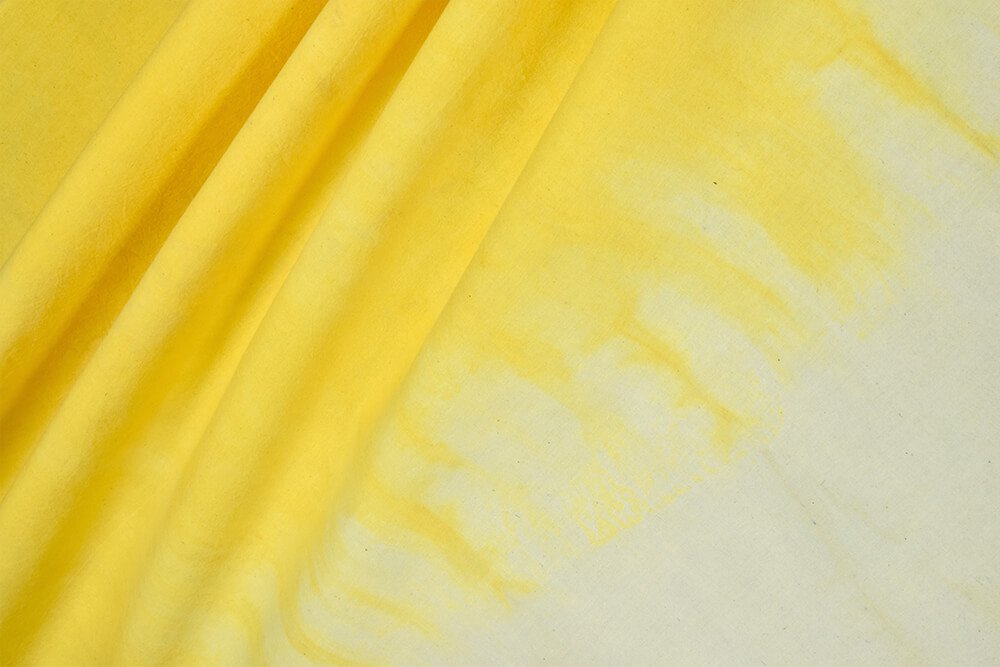
Additionally, they relied heavily on the Kōwhai tree as a source of medicine; in particular, the bark was used to cure wounds, and ringworm remedies also included Kōwhai ashes.
2. The Kōwhai has served as a cultural icon and been the source of several artistic endeavors
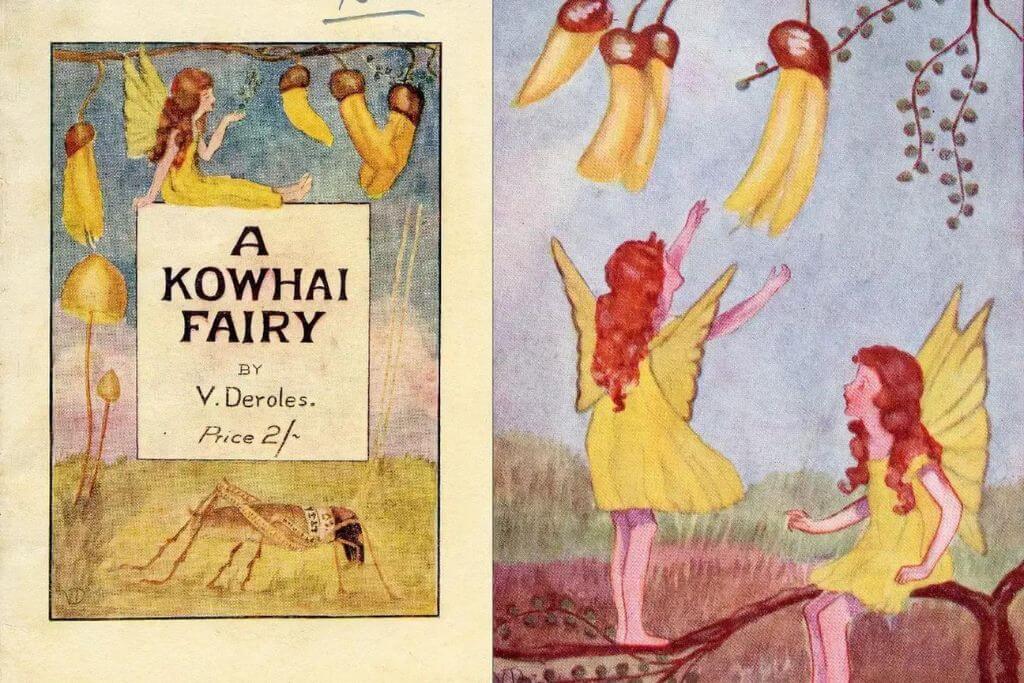
The flower is depicted on regional artwork, in folktales, on postage stamps, and on the nation’s former two-cent denomination.
- Do you know Top 5 Fascinating Maori Myths And Legends
3. They belong to the Sophora genus, which includes various tropical tree and shrub species
In addition to New Zealand, Sophora species can also be found in some regions of Australia, Asia, North America, and South America.
4. The Kōwhai species Sophora microphylla has the greatest geographic distribution
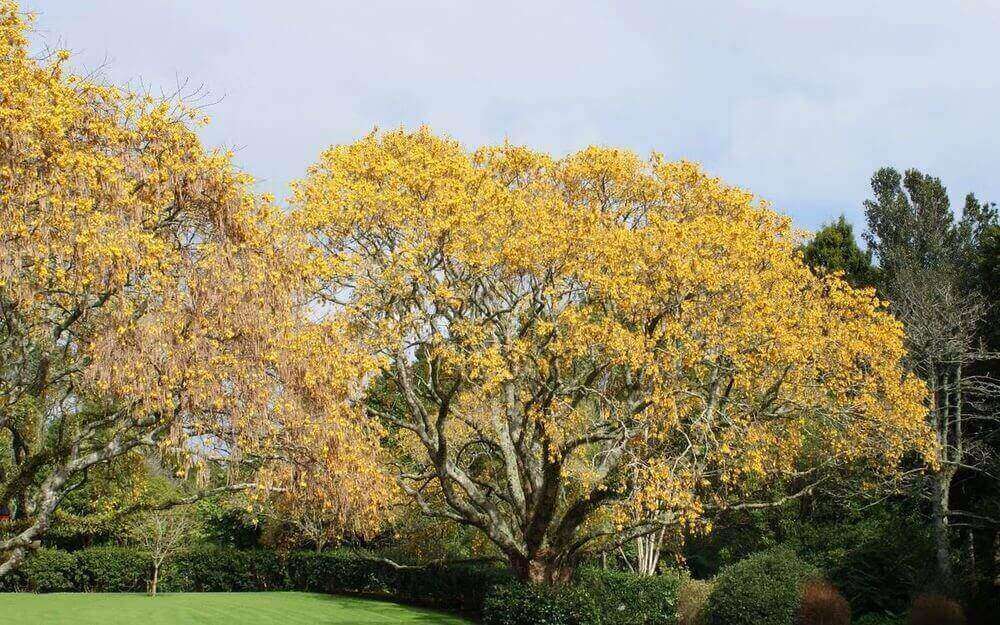
Both the North and South Islands contain them, and open woodlands and riverbanks are noted for the natural growth of these plants.
5. There are nine different varieties of Kōwhai
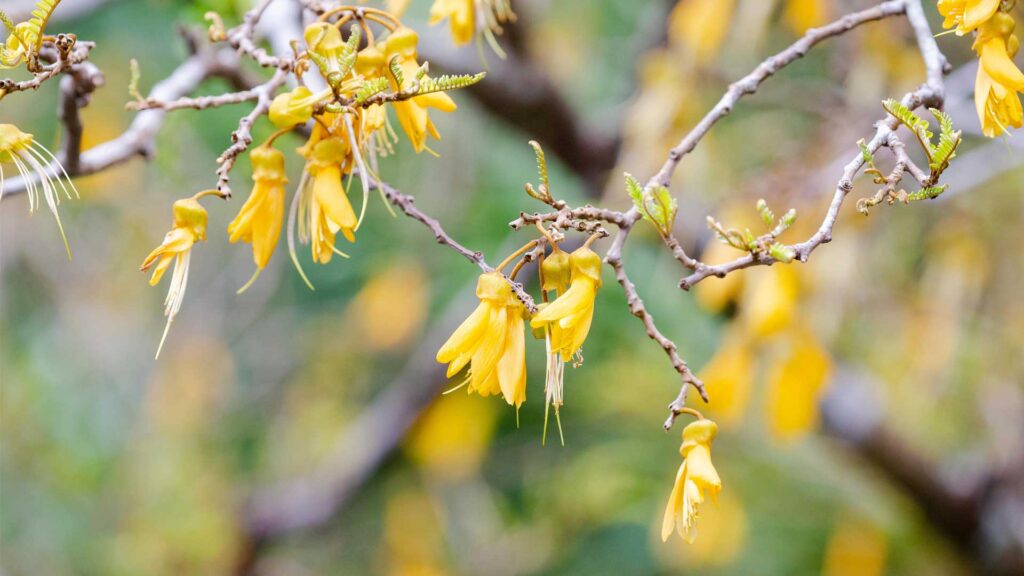
With the exception of two, Sophora molloyi and Sophora prostrata, which resemble wiry, tangled shrubs with little foliage, most of these are trees.
6. Kōwhai is known to thrive in a variety of environments
Riparian woods, coastal cliff cliffs, and inland scrub are all included in this. Kōwhai can endure a variety of soil conditions because they are highly resilient and hardy.
7. The trees can grow up to 25 meters tall
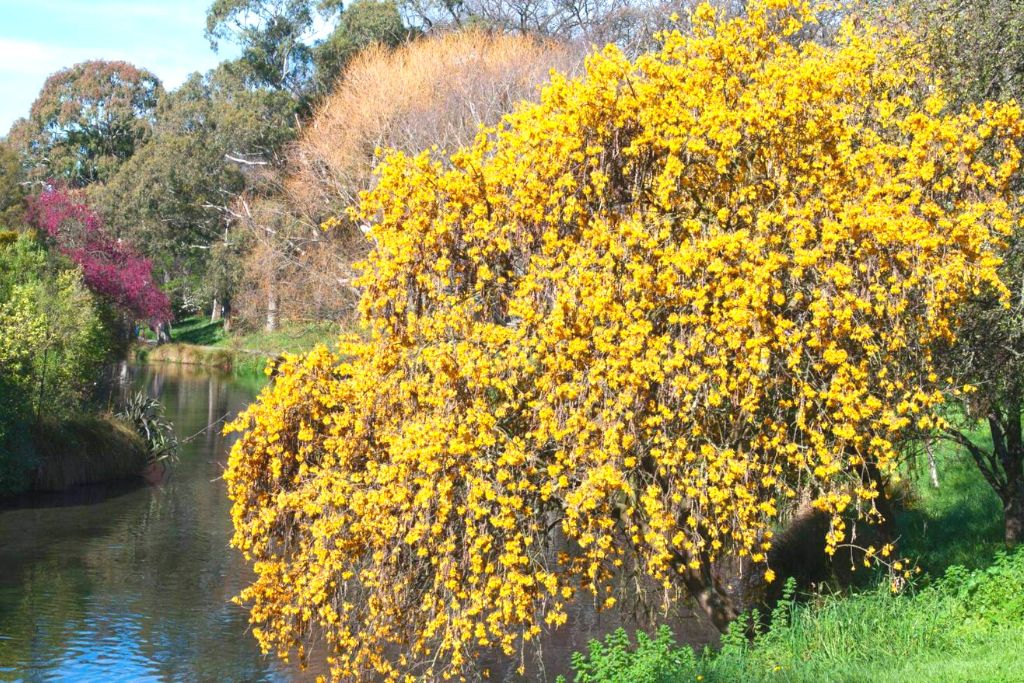
For those who prefer imperial measurements, that is 82 feet. Kōwhai heights typically vary from species to species; some of the tiniest trees, such as those found in the Northland Region, can reach heights of 10 meters or less (32.8 feet).
8. The broad dissemination of the Kōwhai is partially due to Maori
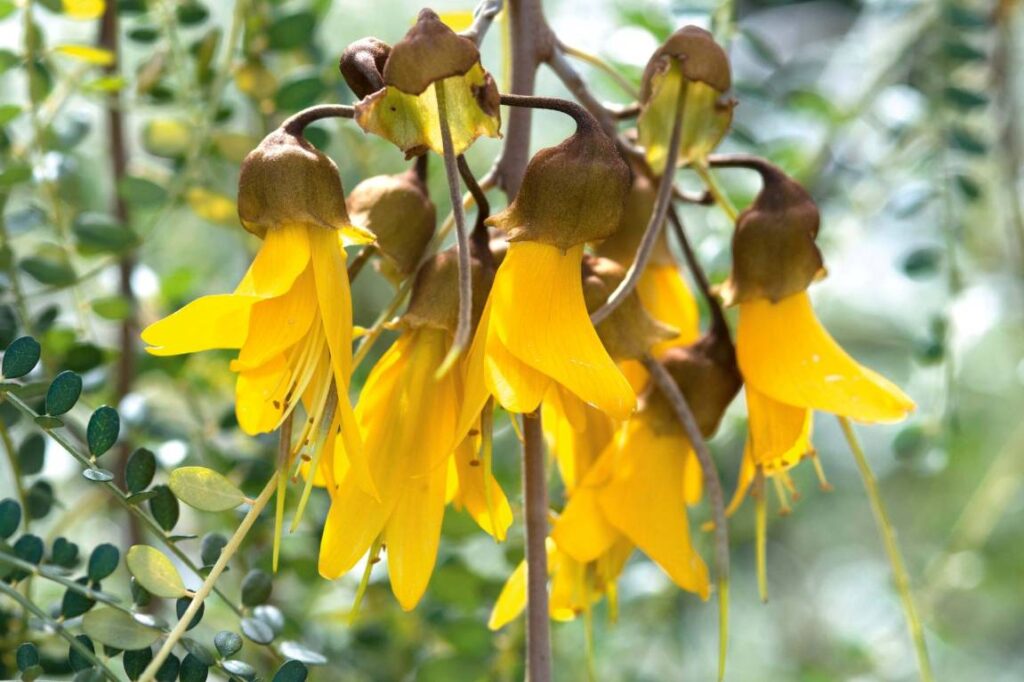
Kōwhai trees were once planted by Maori all around historic settlements and revered locations. Some locations, including Wellington, are thought to have experienced plantings as a direct result of Maori tribal invasion and conflicts.
9. Kōwhai might take several years to mature if cultivated from a seed
Although prepping the seeds before planting could hasten the process, the length of time it may take a Kōwhai to flower differs from species to species.
10. Kōwhai nectar is favored by a variety of native birds
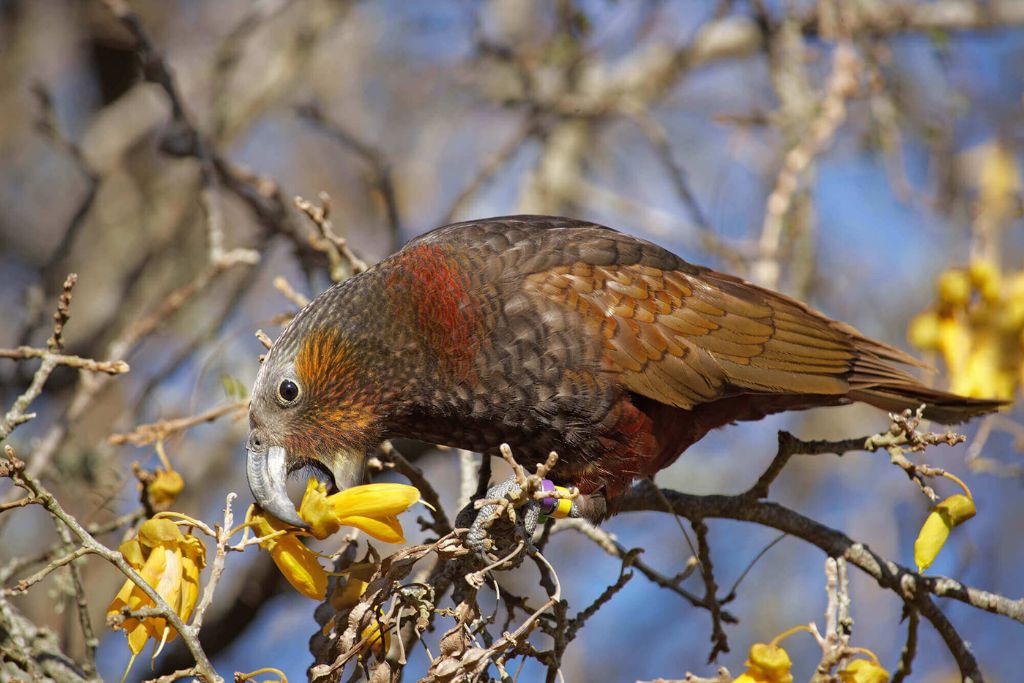
Particularly tui, bellbirds, kākā, and kererū depend on Kōwhai nectar as a seasonal food supply.
11. However, its seeds are poisonous to people
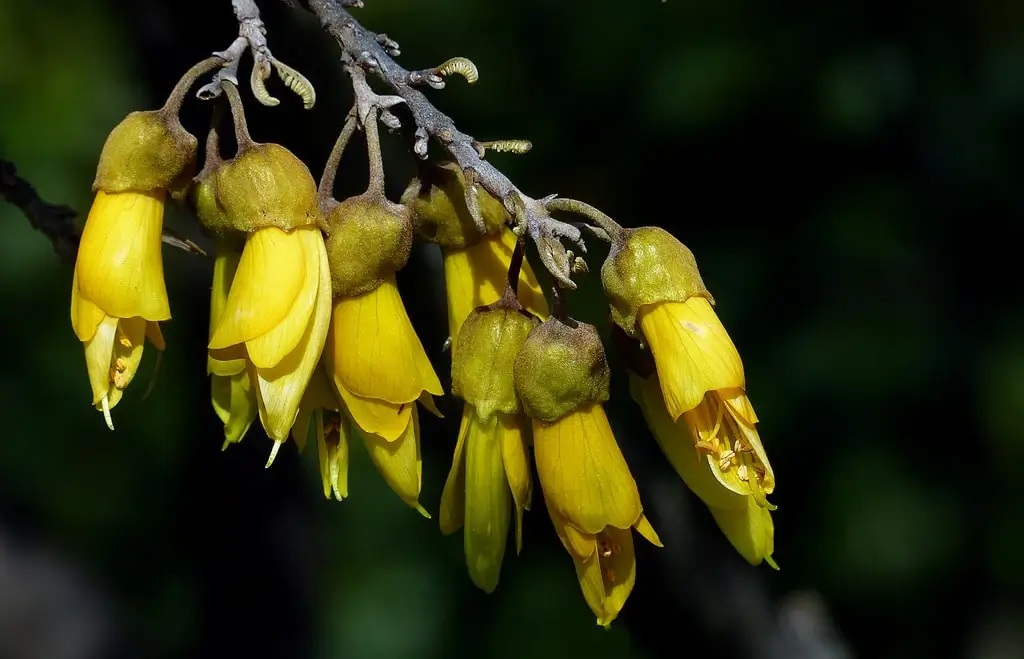
The Sophora microphylla species is poisonous in all of its components, but its yellow seeds are particularly dangerous. They contain the poison cytisine, which, when consumed, can cause nausea, vomiting, an increase in heart rate, and in severe cases, paralysis or heart failure.
- Post for you Maori Flag Is Separated From NZ’s, Do You Know That?
